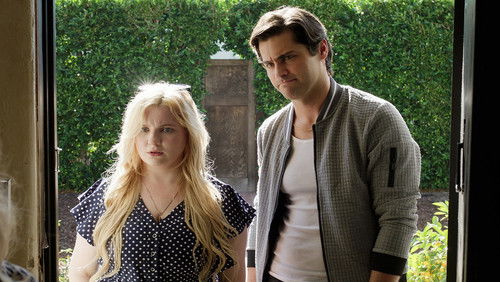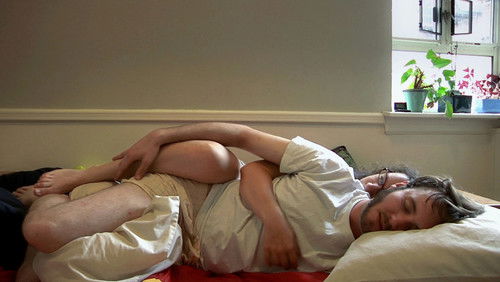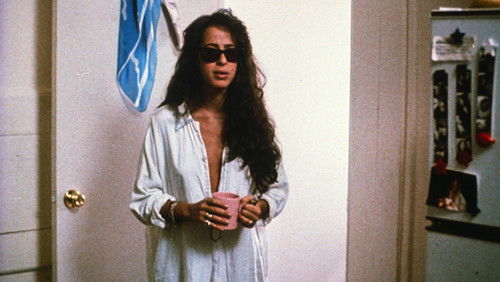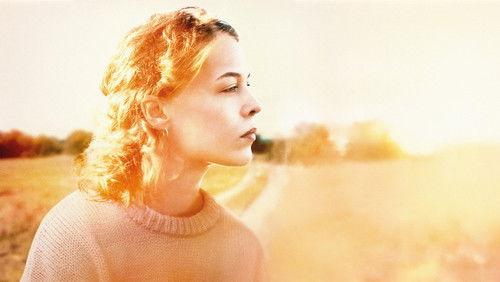Irgendwo in Europa (1947)
53KIrgendwo in Europa: Directed by Géza von Radványi. With Artúr Somlay, Miklós Gábor, Zsuzsa Bánki, György Bárdy. A band of runaways and orphans of the war scour the countryside in search of food and shelter. They invade and then taken in by a musician and former concert pianist who’s hiding out in a ruined castle. After the initial altercation between them the gang accepts his guidance and he wins their respect by protecting them from the elements. However, disgruntled townsfolk want to chase away the gang who has been – in their search for survival – laying waste to their crops. A battle ensues ending in the death of a little boy – and resolution.
“Bela Balazs returned to Hungary after the War to help rebuild its film industry. He scripted this film which has been classified by some as an example of u0026#39;socialist realismu0026#39; because he was a committed Marxist. This is debatable as Balazs was dismissed amid hardening political attitudes and died alas, in 1949. If one has to attach a label then I think that of u0026#39;neorealismu0026#39; is far more appropriate as I sense there is more than a passing nod here to Rosselliniu0026#39;s u0026#39;Rome, Open Cityu0026#39; of 1945. It also calls to mind de Sicau0026#39;s u0026#39;Shoeshineu0026#39; of 1946 especially in its depiction of the children. Just a theory of course.nThe children in this have been utterly dehumanised by the horrors of war. They are gradually made to feel worthwhile and given hope for the future by the philosophy and civilising influence of Artur Somlay as an elderly classical musician despite their initially wanting to hang him! The run down castle that they have made their home is attacked by fascists and to give themselves courage they whistle the u0026#39;Marseillaiseu0026#39; that he has taught them. A truly marvellous moment. The scene where Suszsa Banki as Eva shoots her abuser is a splendid piece of film making.nDirector Geza Radvanyi and his cinematographer Barnabas Hegyi have given us some wonderful images here especially in the grouping of the children. The editing alas leaves a lot to be desired and the score is rather intrusive especially in the earlier sequences.nRadvanyi changed his style in the 1950u0026#39;s with varying results but he would never again match this in terms of immediacy, vitality and above all, u0026#39;heartu0026#39;.nGood to know that the talent and vision of Bela Balazs were recognised in 1957 by the founding of a studio bearing his name.”









